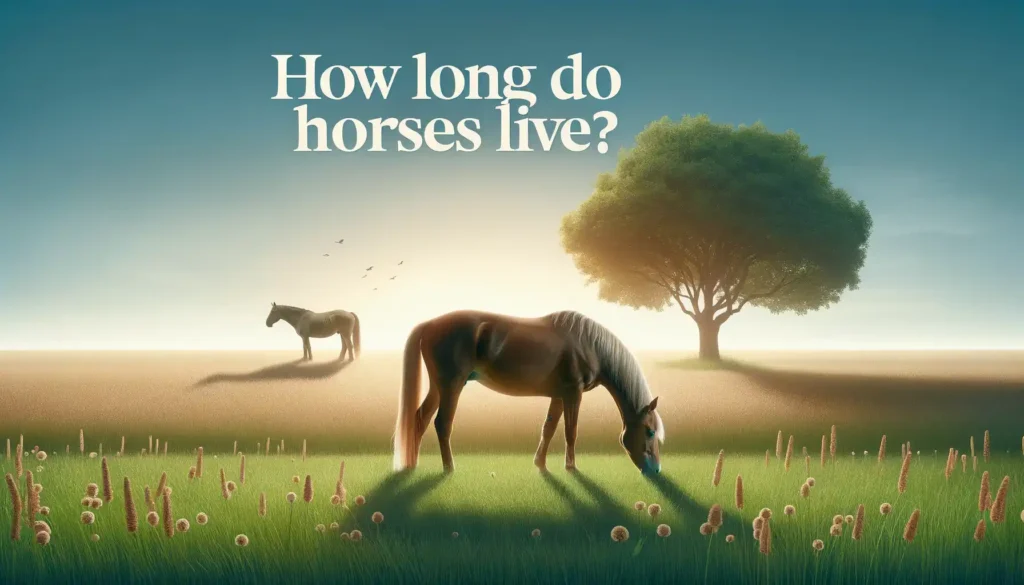The average lifespan of a Great Dane

The Great Dane is truly a giant among dogs. Standing at least 30 inches tall and often weighing over 100 pounds, their massive size is both impressive and concerning when it comes to lifespan.
Great Danes are loving companions, but their substantial stature unfortunately predisposes them to health conditions that result in a shorter-than-average lifespan compared to other breeds.
So what is the average life expectancy of a Great Dane? While figures vary, most Great Danes live only 6-8 years. This is well below the average 13-16 year lifespan for dogs in general. Why do Great Danes have such abbreviated lifespans compared to smaller breeds? Let’s break it down.
Skip to Topic
A History of Short Lives
Great Danes have long been a short-lived breed. In the past, average lifespans of just 5-6 years were common. Their substantial bone structure and susceptibility to joint and heart issues took a toll. However, over time, improved nutrition, selective breeding efforts, and advancements in veterinary care have extended the typical Great Dane lifespan slightly.
Back in the day, Great Danes were bred as guard dogs and hunting companions. Their imposing size was a priority, while longevity was not. Today’s Great Danes are bred more for companionship, but they still carry the same genetic predisposition for rapid growth and weight gain. Which brings us to the key factors impacting their lifespan.
Common Health Issues
Some of the most common health conditions that may impact a Great Dane’s lifespan include:
Heart Disease – Approximately 10% of Great Danes die from cardiac tumors and dilated cardiomyopathy. Lifelong heart monitoring is recommended.
Bloat – The risk of this deadly digestive condition is highest between ages 7-12 years. Preventative gastropexy surgery may be advised.
Cancer – Bone cancer and blood cell cancers may arise. Early diagnosis and treatment can prolong life.
Hypothyroidism – Weight gain, lethargy and skin conditions may indicate an underactive thyroid requiring medication.
Joint Dysplasia – Elbow and hip problems are common. Maintaining lean body weight and supplements help reduce pain.
The reality is giant breed dogs like Great Danes are predisposed to more health issues that reduce their years. But with diligent veterinary care, proper nutrition, exercise, and early diagnosis of any emerging conditions, their lifespans can be maximized.
A History of Being Bred for Size Over Longevity

To understand the shortened lifespan of the Great Dane, we must go back to their origins as a breed. Great Danes were originally bred in Germany hundreds of years ago to be estate guard dogs and hunting companions.
Their massive size was prioritized for intimidation purposes, while longevity was not a breeder’s concern. They were bred specifically to grow rapidly to great heights and weights.
This extremely fast bone growth is a root cause of the joint and bone diseases that now plague the breed. Hip and elbow dysplasia are unfortunately common, causing arthritis and mobility issues in these gentle giants.
The weight of their giant heads also takes a toll on their necks and spines as they age. Their substantial size stresses not only their bones and joints, but also their hearts.
Why Their Size Contributes to a Shortened Lifespan
There are several key reasons why Great Danes’ size contributes to their abbreviated lifespans compared to smaller dog breeds:
- Rapid Bone Growth – The breed’s genetics cause extremely quick bone growth, which often outpaces the strength of ligaments, leads to joint dysplasia, arthritis and spinal abnormalities.
- Heart Problems – Common heart conditions like dilated cardiomyopathy and irregular heart rhythms are often fatal. Their massive size overworks their heart.
- Higher Cancer Rates – Large breed dogs have higher incidences of bone cancer and blood cell cancers like leukemia and hemangiosarcoma.
- Digestive Issues – Bloat, a twisting of the stomach, is unfortunately common and highly deadly in Great Danes. Their broad chests increase risk.
- Anesthesia and Treatment Risks – Their size makes surgeries and treatments like chemotherapy more problematic due to anesthesia complications and drug dosage issues.
- Genetic Predispositions – Purebred health conditions and genetic flaws tend to be passed down in breeding lines.
Improving Their Lifespans Through Responsible Breeding and Owner Care
Now that Great Danes are bred more as companions rather than workers, breeders should ideally select for both temperament and longevity. Performing genetic, orthopedic, cardiology and overall health screenings of breeding dogs can help reduce risk of inherited conditions.
On the owner’s side, steps like maintaining lean body weight, providing joint supplements, exercising moderately, and promptly treating any emerging conditions can help maximize an individual Dane’s lifespan. But the reality is, their genetic makeup stacks the odds against them living as long as smaller breeds.
However, each Great Dane is different. While the average lifespan is 6-8 years, some may only live to 5 years old, while others make it to 10-12 years old with optimum veterinary care and a healthy lifestyle. Working with a responsible breeder gives a pup the best starting foundation.
From there, it’s up to owners to provide high-quality nutrition specially formulated for giant breeds, moderate exercise, training, healthcare, and most importantly – love.



